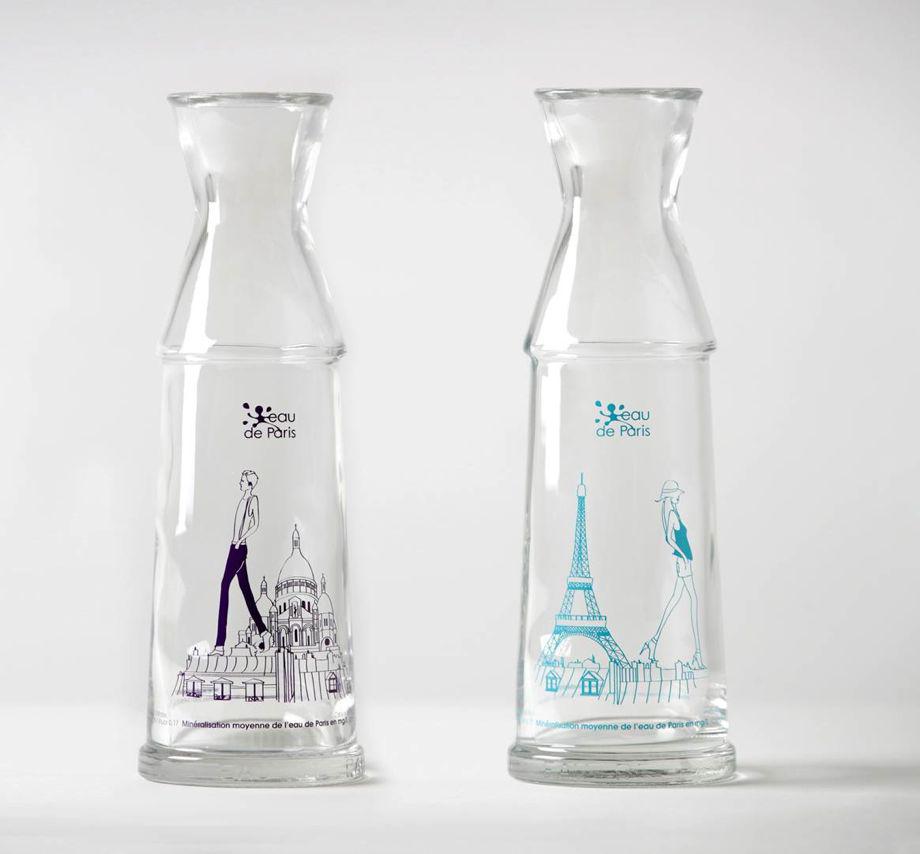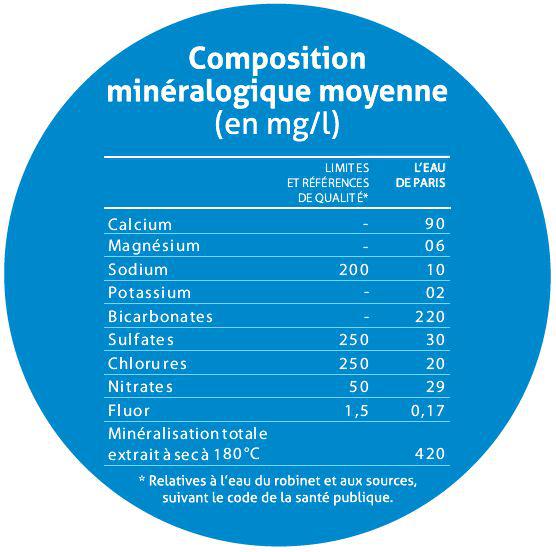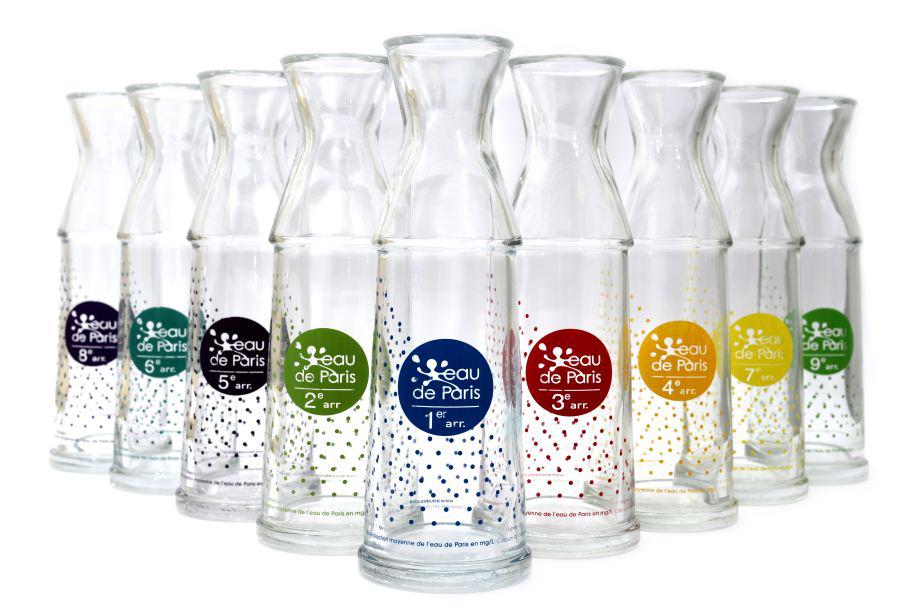Michelle Obama launched her newest public health initiative earlier this month. The idea is to encourage Americans to drink more water, ostensibly as a stealthy way to fight obesity by getting us to drink less sugary soda and juice.
The Drink Up campaign urges Americans to drink at least one more glass of water per day, whether filtered or straight from a tap, water fountain, or plastic bottle. The list of sponsors backing the initiative range from bottled water companies to Brita to governments in Chicago, Houston and Los Angeles County.
A flood of public service announcements and posters with a reminder that “you are what you drink” will appear on billboards and city buses and all over the web. A teardrop-shaped Drink Up logo will be slapped on half a billion disposable and reusable bottles and available to businesses who want to promote the common sense measure.
But the First Lady’s plan feels, well, watered down. Sure, choosing water is a no-brainer healthwise in a world of infinite beverage options. But shouldn’t the larger goal be to convince those fortunate enough to have access to safe and delicious tap water that they should actually drink it, rather than the needlessly expensive, wasteful plastic bottled variety?
The lackluster plan left The Eye wondering: Could local governments use design to help turn people onto tap water?

Photo courtesy of Eau de Paris
The world is full of designer water bottles, and cities like New York have created city-branded reusable water containers to get people to drink local. New York has even launched a new collapsible, BPA-free, dishwasher-safe 16-ounce water pouch emblazoned with a city seal that can be frozen or rolled and flattened for easy transport when not in use.
In 2009, the city of Venice, Italy tried to make tap water more enticing by naming it Acqua Veritas and distributing carafes bearing its logo to city restaurants. (But of course, restaurants have a vested interest in charging people for bottled water.)
Parisians have always had a name for their local water. At a restaurant, asking for “Château-la-Pompe” (the tongue-in-cheek nickname for tap water that translates roughly to “Château of the Water Pump”) will get you a carafe of municipal water, no extra charge.
The French already drink a lot of water. But Eau de Paris, the publicly funded water company charged with managing and promoting city water, focuses on getting them to choose free, excellent-tasting local tap water over the more popular plastic bottled variety, and they’ve used design as one weapon to win hearts and minds.
A recently issued reusable water flask, designed by Philippe Starck, encourages Parisians to fill up at one of the city’s 1200 municipal fountains (including a handful of sparkling water fountains for those who prefer bubbles).
But Eau de Paris’ most design-conscious effort to sell Parisians on tap water is a 1-liter carafe introduced by designer Pierre Charpin in 2005 that was not just targeted at restaurants but also designed to fit in the door of a fridge for home use. Made of sturdy transparent glass, the carafes are redesigned every year with colorful embellishments like a blue Eiffel Tower submerged in water, or this year’s twin carafes featuring his and hers Parisians in an attempt to inject tap water with a little light-hearted sex appeal.

Photo courtesy of Eau de Paris
A permanent multi-colored series of carafes for each of Paris’ 20 arrondissements stokes not just municipal but neighborhood pride. But what makes the carafes ingenious from a design perspective is a tiny but crucial detail: a breakdown of the perfectly balanced mineral content of Paris water printed on the side or along the bottom edge of the carafe to provide a nutrition label offering proof that eco-friendly, inexpensive tap water is just as good for you as the fancy bottled variety.

Photo courtesy of Eau de Paris
Eau de Brooklyn, anyone?
